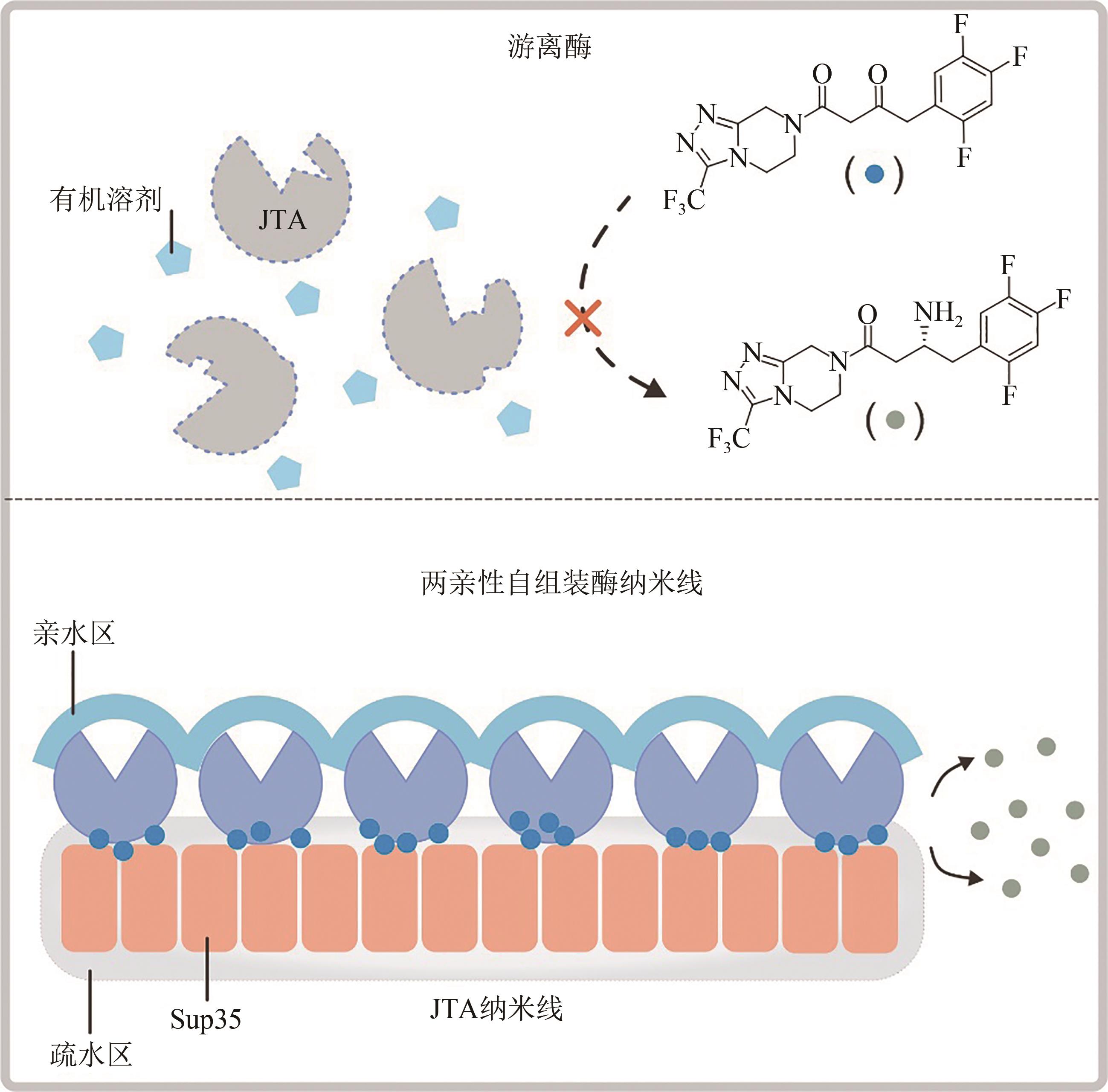Synthetic Biology Journal ›› 2022, Vol. 3 ›› Issue (2): 256-259.DOI: 10.12211/2096-8280.2022-015
• Comment • Previous Articles Next Articles
Enzyme immobilization assisted by protein assemblies for highly efficient biocatalysis in organic systems
ZHAI Tingting, GU Hongzhou, FAN Chunhai
- School of Chemistry and Chemical Engineering,Shanghai Jiao Tong University,Shanghai 200240,China
蛋白质组装体辅助的酶固定:精准构建有机相高效生物催化剂
翟婷婷, 顾宏周, 樊春海
- 上海交通大学化学化工学院,上海 200240
